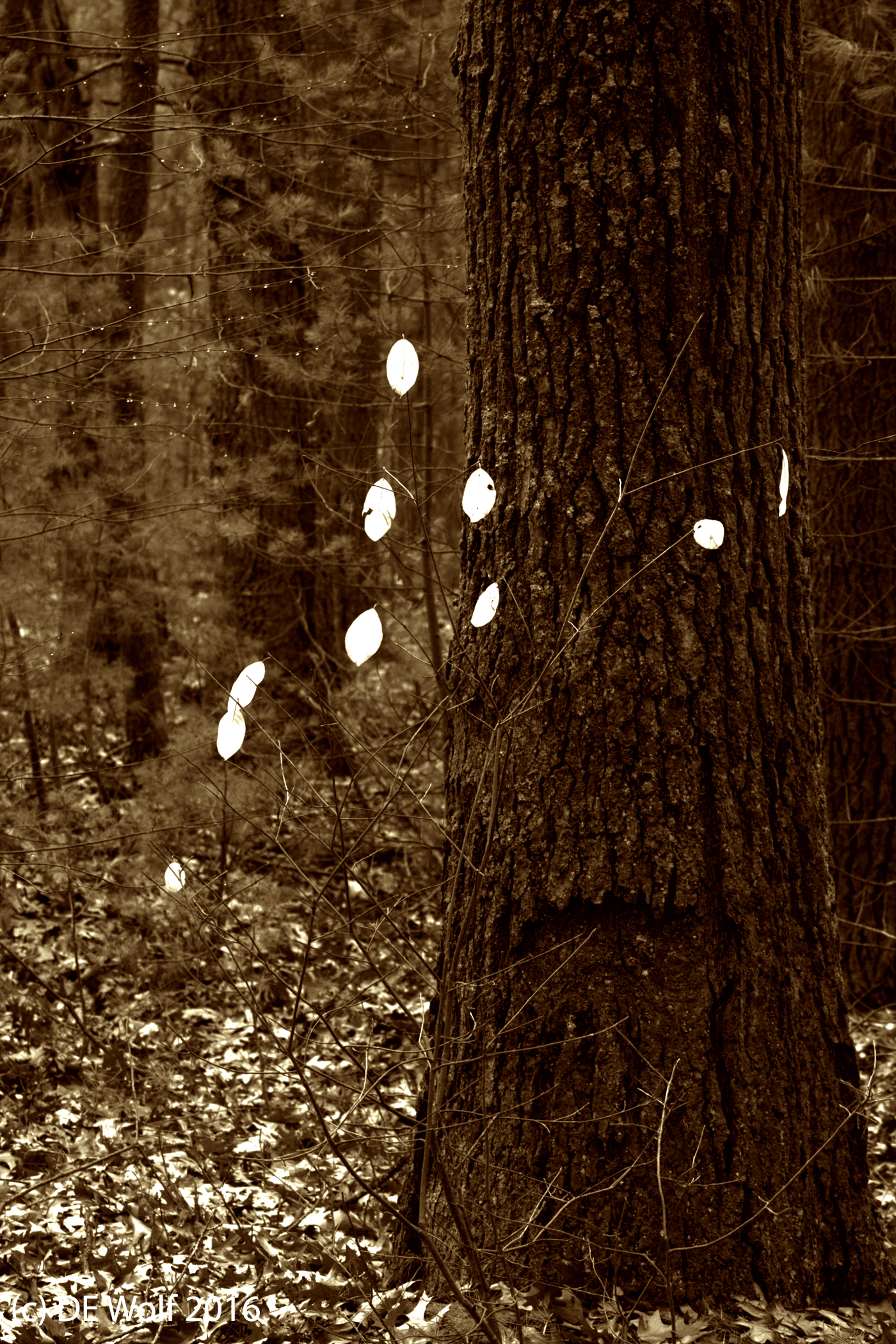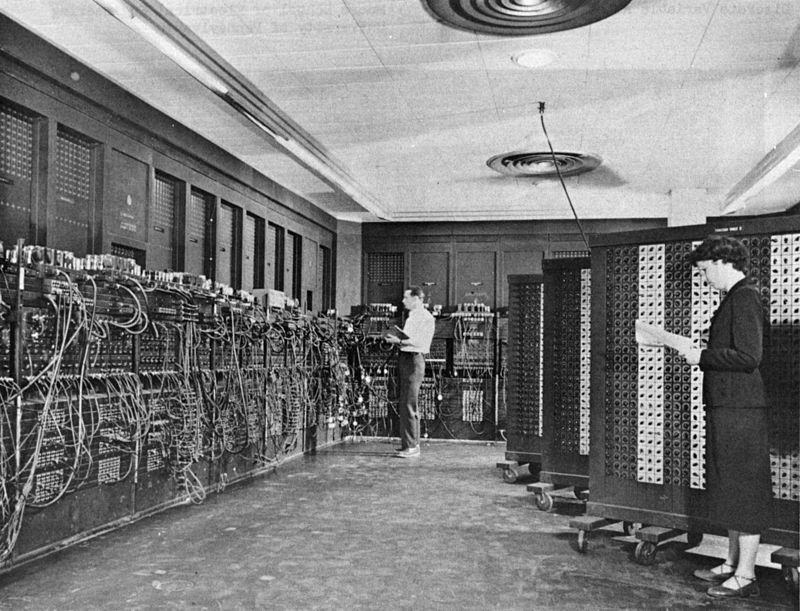
Figure 1 – The cyber other in its infancy. ENIAC (Electronic Numerical Integrator And Computer) in Philadelphia, Pennsylvania. Glen Beck (background) and Betty Snyder (foreground) program the ENIAC in building 328 at the Ballistic Research Laboratory (BRL). From the Wikipedia and in the public domain because image was taken by a US Government employee in an official capacity.
Today I want to talk about “Our cyber others.” I mean Others fully in the context of that Nicole Kidman 2001 masterpiece “The Others,” which in and of itself has a wonderful theme of postmortem photography. Well it is a little more than that.
I like to rummage around antique shots looking through old photographs in search of something more than the mundane, which is rare but sometimes out there. I might find an old and mediocre black and white photograph, perhaps with serrated edges, labeled Thanksgiving 1955, and we may imagine the story. There is papa in his very narrow tie, mamma in a Mamie Eisenhower hat and white gloves, little Jack in stiff wool pants with his hair slicked back a crusty mass, impervious to wind, and little Jane in glasses, a pleated skirt, and bobby socks, not realizing it at the time but wishing that she was in jeans. Their goal was to act and pose out a Norman Rockwell Thanksgiving. I look at the back of the photograph. There are no names, only anonymity. So we are going to have to refer to them as the “Unknowns.” They are almost forgotten to posterity, except for this little silver emulsion.
If their names were written on the back, you might be able to unearth a little about them from the web. But usually this is precious little, if any, information, unless of course they were “famous.”
Last night after a wonderful family dinner with family and friends, I dutifully uploaded photographs of the event to social media. Then I tagged everyone, which has the magical effect of connecting you to a whole other universe of friends of friends. It got me thinking about this huge cyber other that we have created on our road to the singularity.
We are not yet machines or one with machines. However, we have created an alternative world, where we dwell as disembodied electrons. By-the-way, do you know where your images are stored. “On the cloud,” you say. Where and what is the cloud? In the case of my Thanksgiving photographs, uploaded to Facebook, the images are apparently stored in Facebook’s, Lulea, Sweden data center. Who woulda thunk it? This is cool place where locally generated hydroelectric power supplies the data center, chilly air cools it, and extra heat generated by “the servers” is used to heat the building. The significant point is that while we may call it “The Cloud,” thus invoking a seeming mystic less than numinous diety, there must in fact be a tangible place where our data sits, allowing, of course, for multiple places.
Our sense of the internet as “Other” is palpable. Its otherness lies not in lack of place but more in the way that everyone is connected to it, so as to create an alter ego universe, and in the way that our images are stored. It is currently estimated that 2.1 billion humans or 43% of the world’s population is connected to the internet, including, unfortunately, our ever-tweeting president elect.
If you look at an old photograph you see and perceive it. It was meant for human eyes and is instantly translated from dots of silver to “image” in our brains. Now, of course, there are a lot of assumptions in the photograph. The most significant one being that it is assumed that you will view it at an appropriate distance so as to perceive correctly its content. View it with a magnifying glass that reveals individual grains of silver and you will have no comprehension of subject.
The cyber other image is different. It is stored as a matrix of bits. A machine must translate it into a format that the human eye-brain can comprehend. The machine recognizes the file type (e.g. .jpg or .tif) and the machine translates this and sends it to another part of the machine for display. Machine, machine, machine! This is the very point that identifies this as the path to the singularity. This cyber other that we connect so intimately with is stored on machines and require machines to interface us, both to and from. And it all creates the illusion, or delusion, than the “Unknowns” discovered in a cobweb and dust filled antique store were somehow less than us, more anonymous.
